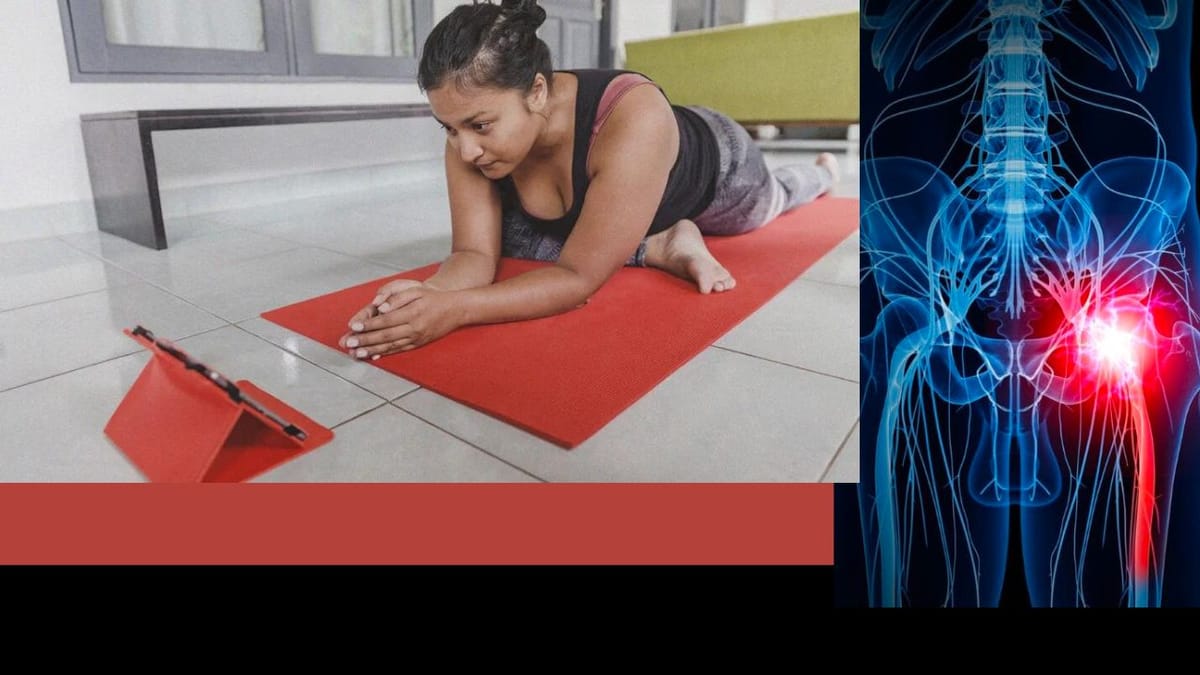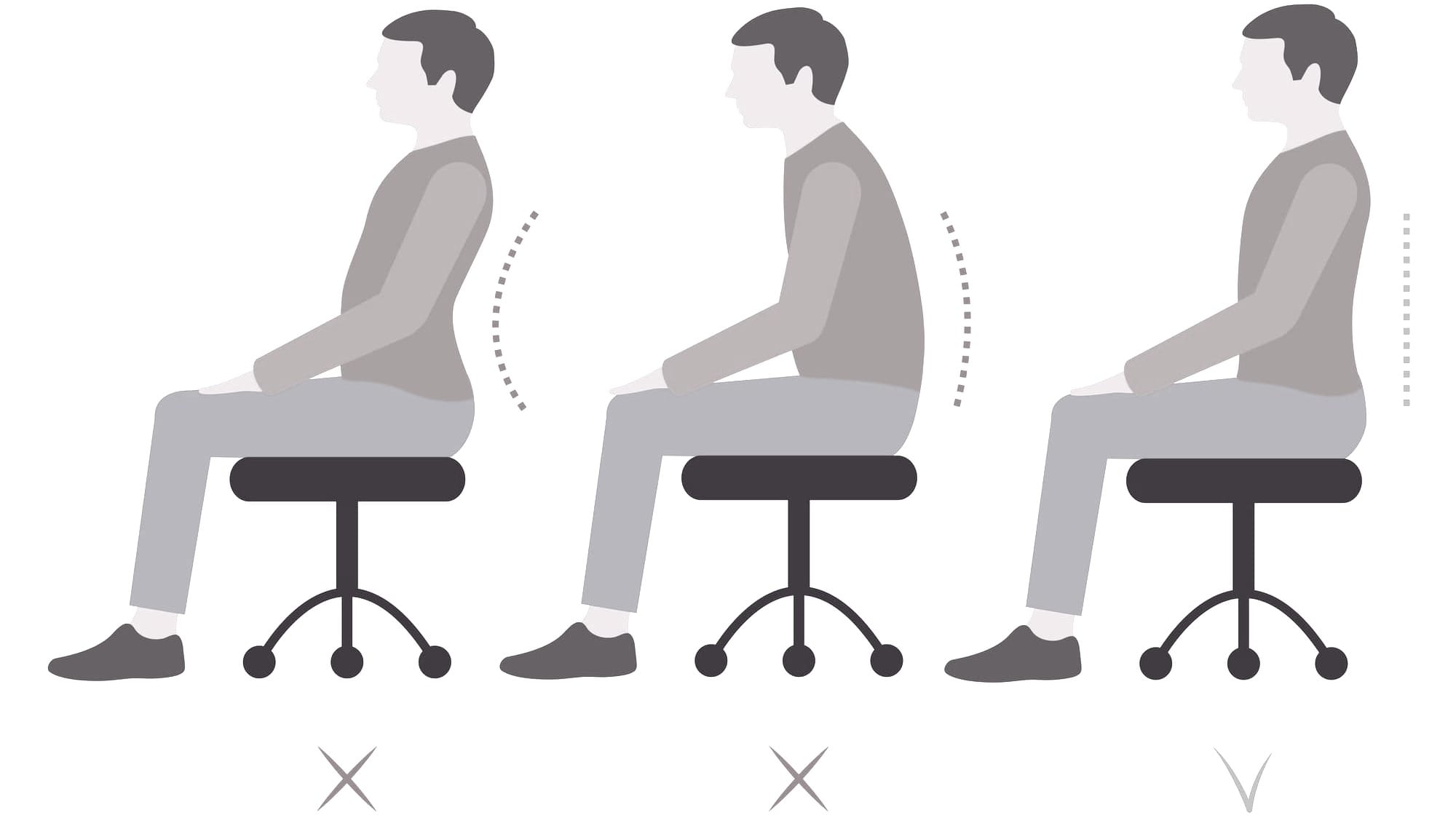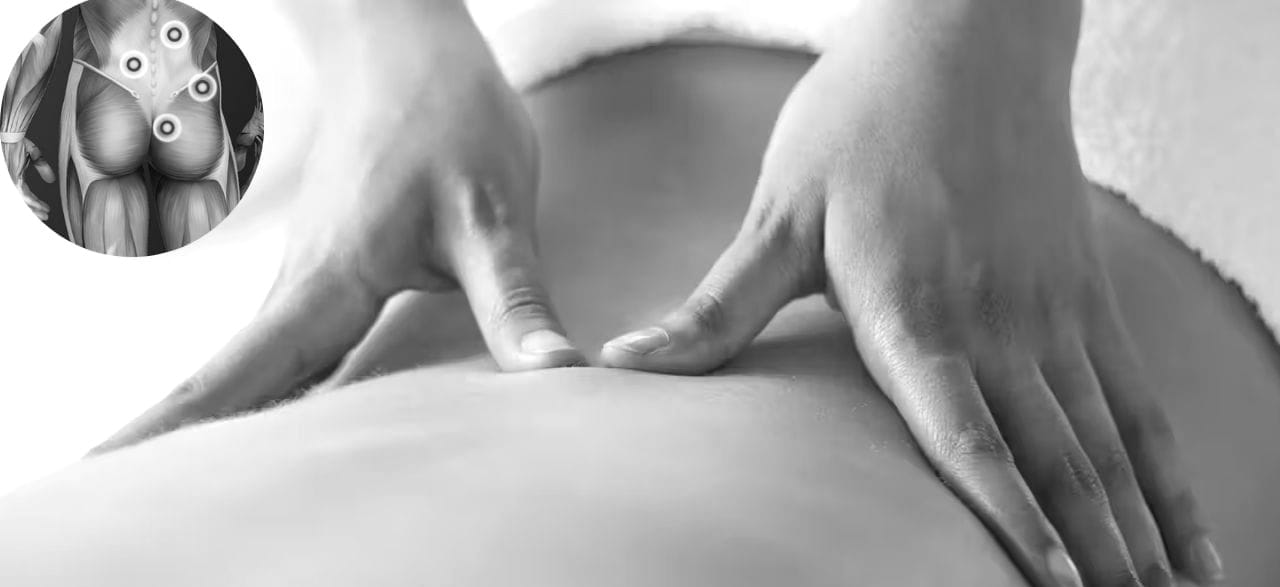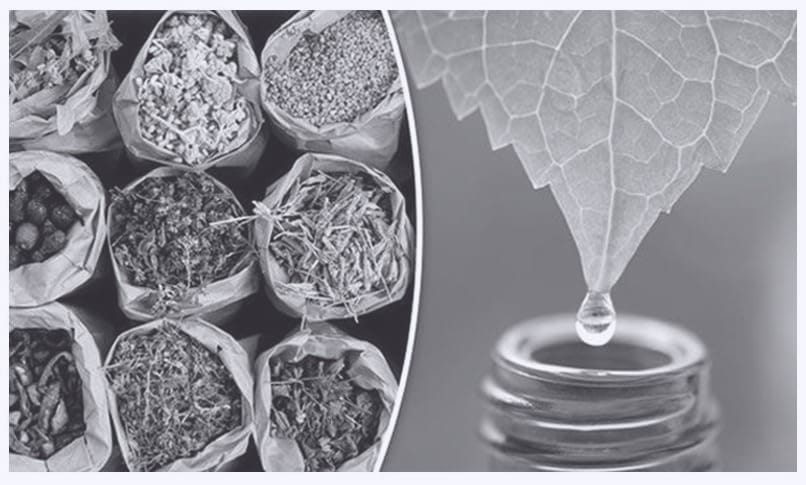Home Remedies for Sciatic Nerve Pain
From gentle exercises and mindful practices to dietary changes and targeted heat therapy, empower yourself with simple yet impactful strategies for finding relief within the comfort of your home.

Sciatic nerve pain can be a debilitating condition, affecting your mobility and quality of life. Fortunately, numerous home remedies can help alleviate the discomfort associated with sciatica.
In general, about 90% of sciatica sufferers will get better without surgery—most of them in just a few weeks. Treating sciatica at home is not that difficult, especially if you know that your sciatica is caused by an injury or pregnancy.
Read more to explore
- Various strategies you can implement from the comfort of your home. Some of the most common strategies are:
#1: Heat and Cold Therapy
Heat and cold therapy serve as effective and accessible home remedies for managing sciatica pain.
Applying heat, such as with a hot compress or warm bath, can help relax muscles, alleviate stiffness, and promote blood flow to the affected area. The warmth penetrates deep into the tissues, providing a soothing sensation that can ease tension along the sciatic nerve.

On the other hand, cold therapy, often applied through ice packs or cold compresses, is valuable for its anti-inflammatory properties. Cold helps to constrict blood vessels, reducing swelling and numbing the area, offering temporary relief from the pain associated with sciatica.
For individuals with sciatica, experimenting with both heat and cold applications can help determine which therapy is more effective in providing comfort and aiding in the overall management of sciatic nerve pain from the comfort of home.
#2: Stretching and Exercise
Harnessing the power of stretching can be a potent home remedy for managing sciatica pain. Specific stretches target the muscles surrounding the sciatic nerve, helping to alleviate tension, improve flexibility, and reduce compression on the nerve itself.
Gentle exercises, such as the knee-to-chest stretch or the cat-cow stretch from yoga, can elongate the spine and release pressure on the sciatic nerve.

Incorporating these stretches into a daily routine promotes increased blood flow to the affected area, assisting in the healing process. Stretching also plays a crucial role in preventing muscle imbalances and maintaining optimal posture, reducing the likelihood of sciatic nerve irritation.
As a versatile and accessible remedy, regular stretching empowers individuals to take an active role in managing sciatica pain from the comfort of their homes, fostering both relief and long-term resilience against future discomfort.
#3: Posture
Maintaining good posture is crucial for managing sciatic nerve pain. Poor posture can put additional pressure on your spine and can exacerbate sciatic symptoms. Be mindful of your posture when sitting, standing, and sleeping.

Choose a chair that provides proper support for your back, stand with your weight evenly distributed on both feet, and sleep on a medium-firm mattress to maintain the natural curve of your spine.
#4: Massage Therapy
Massage is a therapeutic and accessible home remedy for alleviating sciatica pain. Skilled massage techniques target the muscles surrounding the sciatic nerve, aiming to release tension, improve blood circulation, and reduce inflammation.
The hands-on approach of a massage therapist can provide relief by promoting relaxation and easing the pressure on the sciatic nerve. Additionally, massage helps stimulate the release of endorphins, the body's natural painkillers, contributing to an overall sense of well-being.

Whether through professional massage sessions or self-massage techniques at home, this remedy offers a holistic approach to managing sciatica pain, addressing both the physical discomfort and the potential psychological stress associated with this condition.
Regular massage, either as part of a professional treatment plan or through self-care practices, can be a valuable component in the journey toward finding relief from sciatic nerve pain within the comfort of one's home.
#5: Moxibustion, Acupuncture, and Acupressure
Moxibustion and acupuncture are the dynamic duo when it comes to Traditional Chinese Medicine (TCM) for Sciatica specifically the treatment of the Wind-Cold-Damp Bi obstruction Sciatica.
Acupuncture involves the insertion of thin needles into specific points along the body's energy channels, aiming to restore balance and alleviate various ailments, including pain and stress.

On the other hand, acupressure achieves similar effects by applying pressure to these points using hands, fingers, or specialized tools, promoting relaxation and stimulating the body's natural healing abilities.
Think of these practices as gentle methods to unblock and enhance the body's energy pathways, fostering overall well-being and relieving specific conditions through ancient yet effective therapeutic approaches.
#6: Herbal Remedies & Supplements
While conventional treatments like pain medications and physical therapy are common, many individuals also explore herbal remedies and supplements as complementary approaches to alleviate sciatic pain. Here's a brief guide to some natural options that may provide relief.

Turmeric
Active Ingredient: Curcumin, is known for its anti-inflammatory properties.
Benefits: Turmeric may help reduce inflammation, easing sciatic nerve pain. Consider incorporating turmeric into your diet or taking supplements after consulting with a healthcare professional.
Devil's Claw
Active Compounds: Harpagosides with anti-inflammatory and analgesic effects.
Benefits: Devil's Claw has been traditionally used for pain relief and is believed to help alleviate sciatic discomfort. It is available in supplement form.
White Willow Bark
Active Compound: Salicin, a natural pain reliever similar to aspirin.
Benefits: White Willow Bark may help reduce pain and inflammation associated with sciatica. However, caution is advised for individuals allergic to aspirin.
Arnica
Active Compounds: Sesquiterpene lactones with anti-inflammatory properties.
Benefits: Arnica is often used topically as an ointment or gel to relieve muscle aches and inflammation, providing localized relief for sciatic pain.
Bromelain
Source: Enzyme found in pineapple.
Benefits: Bromelain has anti-inflammatory properties and may help reduce swelling associated with sciatica. It is available as a supplement but should be used under guidance due to potential interactions with medications.
Magnesium
Benefits: Magnesium is crucial for muscle function and may help alleviate muscle spasms associated with sciatica. Consult with a healthcare professional to determine the appropriate dosage.
Vitamin B12
Benefits: Vitamin B12 plays a role in nerve health and function. Adequate levels may contribute to nerve pain reduction. Consider B12-rich foods or supplements with professional advice.
Essential Oils
Options: Peppermint, lavender, and chamomile oils.
Benefits: Massaging essential oils into the affected area may provide temporary relief by promoting relaxation and reducing muscle tension.
Additionally, supplements like fish oil, which contains omega-3 fatty acids, may have anti-inflammatory effects, potentially contributing to pain relief. Devil's claw and white willow bark are herbal options traditionally used for their analgesic properties.
However, it's essential to consult with a healthcare professional before incorporating herbal remedies or supplements, as they may interact with medications or have contraindications.
This holistic approach addresses sciatica pain by tapping into the therapeutic potential of nature, emphasizing the importance of informed and personalized choices in home-based sciatica management.
#7: Mind-Body Techniques
Mind-body techniques represent a holistic and powerful home remedy for managing sciatica pain by addressing the interconnectedness of physical discomfort and mental well-being.
Practices such as meditation, mindfulness, and deep breathing can help individuals cultivate a heightened awareness of their bodies, promoting relaxation and stress reduction. By focusing on the mind's influence on pain perception, these techniques empower individuals to better cope with sciatica-related discomfort.

Yoga, specifically tailored to accommodate sciatica, combines physical postures with breath control and meditation, fostering flexibility, strength, and a sense of calm. Engaging in mind-body practices not only aids in pain relief but also contributes to a positive mindset, creating a harmonious balance between mental and physical health.
As a home remedy, these techniques offer a versatile and accessible approach, encouraging individuals to tap into their innate ability to influence and alleviate sciatica pain through the interconnected dynamics of the mind and body.
#8: Qi, Yin, and Yang
Discover the unique approach of Traditional Chinese Medicine (TCM) in addressing sciatica. TCM offers a distinctive treatment for this condition by focusing on unblocking Qi and addressing blood stagnation.

The key lies in nourishing the Yin and toning the Yang simultaneously. While it may sound complex, the solution is surprisingly straightforward. Utilizing a combination of acupuncture and TCM tailored for sciatica, this approach is designed to effectively alleviate sciatic pains and restore inner harmony.
#9: Chinese Massage - Tui Na
Chinese massage, also known as Tui Na is a popular form of massage therapy to treat Sciatica.

Traditional Chinese Medicine (TCM) for Sciatica massage sessions lasts for 30 minutes to an hour depending on the patient’s proclivities and the severity of the Sciatica.
#10: Qi Gong Exercises (Chi Kung)
Qi Gong is another viable option to treat Sciatica. It involves the re-routing of the body’s qi-energy to places where it stagnates or is deficient. This is a very efficient TCM for Sciatica since it has additional health benefits of exercising.

It has proved to be an affordable and therapeutic alternative to treat Sciatica. It relies on natural remedies which have negligible side effects on the patient. It perfectly corroborates Voltaire’s axiom, ‘The art of medicine consists of amusing the patient while nature cures the disease
Summary
Sciatic nerve pain can be a significant hindrance to daily activities, but numerous home remedies can provide relief. From heat and cold therapy to stretching, good posture, and massage, these strategies can help manage pain and improve mobility. Herbal remedies, mind-body techniques, and dietary adjustments can also support your journey to recovery. However, it's essential to consult with a healthcare professional if your symptoms are severe or persistent.
FAQ Section
Q 1: What are Effective Home Remedies for Relieving Sciatic Nerve Pain?
Answer: Several home remedies can help alleviate sciatic nerve pain. Regular gentle exercises, such as stretching and yoga, can improve flexibility and reduce nerve compression.
Applying heat or cold packs to the affected area can provide relief, and over-the-counter anti-inflammatory medications may help manage pain and inflammation. Additionally, maintaining good posture and using ergonomic support, like a supportive chair or cushion, during prolonged sitting can prevent aggravating the sciatic nerve.
Q 2: Can Dietary Changes Help Ease Sciatica Symptoms at Home?
Answer: Yes, making certain dietary adjustments can contribute to managing sciatic nerve pain. Anti-inflammatory foods, such as fatty fish rich in omega-3 fatty acids, fruits, vegetables, and whole grains, can help reduce inflammation and promote overall health.
Staying hydrated is also crucial for maintaining spinal disc health. Avoiding excessive caffeine and incorporating foods rich in vitamin B12 can support nerve function. A well-balanced diet, combined with other home remedies, enhances the body's ability to cope with sciatica.
Q 3: How Can Mind-Body Techniques Aid in Home Treatment for Sciatica?
Answer: Mind-body techniques play a significant role in managing sciatic nerve pain at home. Practices like deep breathing, meditation, and guided imagery can help relax the mind and body, reducing stress and tension that may contribute to sciatica.
Engaging in activities that promote mental well-being, such as gentle walks or hobbies, can distract from pain and enhance overall mood. Integrating these mindfulness practices into daily routines provides a holistic approach to alleviating sciatic nerve discomfort in the comfort of one's home.
